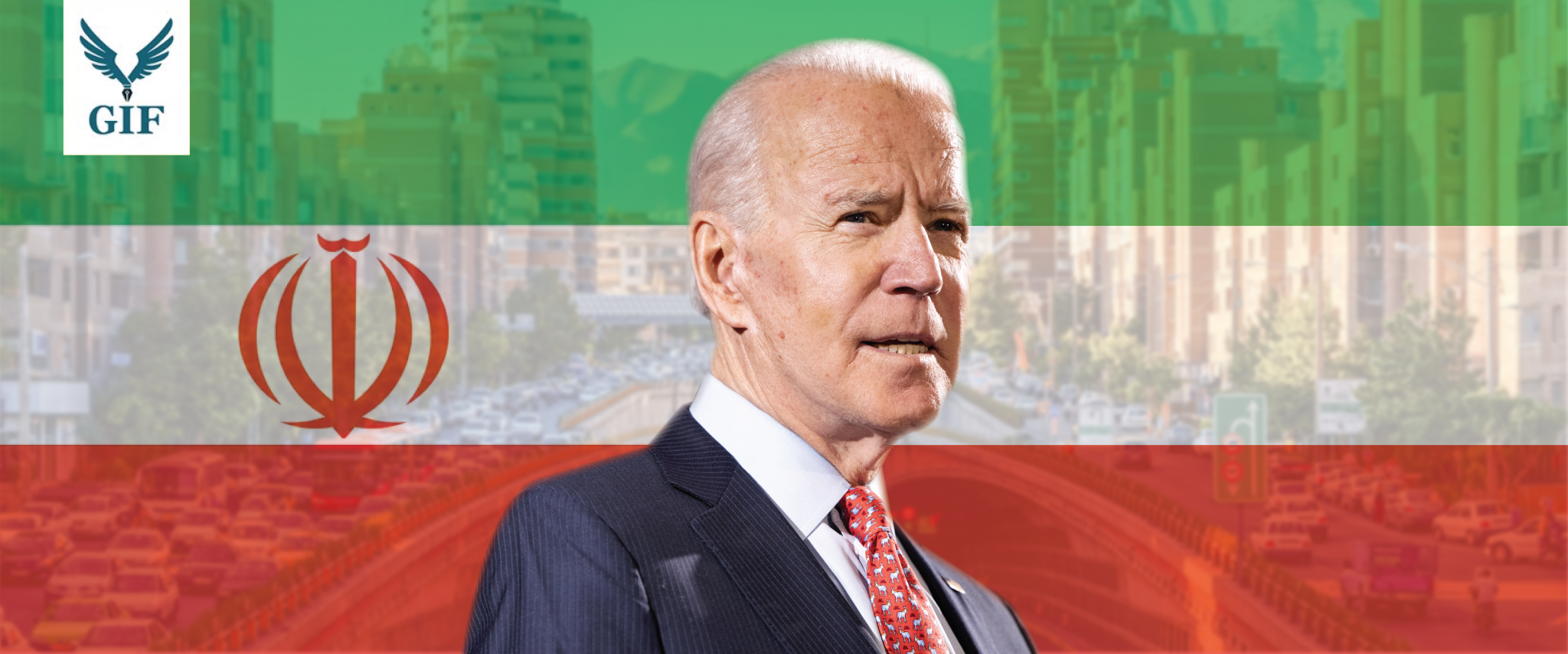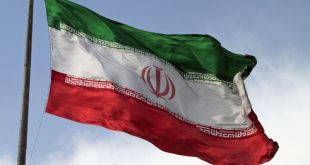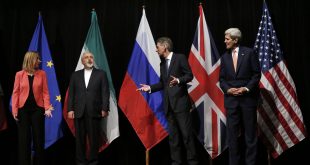Aiming to force the Iranian regime to negotiate its regional policies, the United States withdrew from the Joint Comprehensive Plan of Action (JCPOA) in May 2018 and imposed tough sanctions on the country. This “maximum pressure campaign” has certainly put significant economic pressure on Iran — especially now as it is trying to contain the spread of the Coronavirus — but despite U.S. hopes, it has not led to a new agreement or even the start of negotiations. The Trump presidency has been marked by tensions with Iran over cyberattacks, the targeting of merchant ships in the Gulf, the downing of a U.S. drone, the assassination of General Soleimani, and a ballistic missile attack on the U.S. base in Iraq. More than once, there has been a plausible prospect of war between the two countries, although most U.S. military experts assert that it would entail a high cost, widespread bloody casualties, and the possibility of a failed war against Iran.
U.S. rhetoric and ambition regarding the action towards Iran has escalated amid the most polarized election campaign in U.S. history, with Donald Trump promising to reach a new nuclear deal with Iran within four weeks should he be re-elected as president. President-elect Joe Biden has potentially committed to returning to the JCPOA, but the U.S. Special Representative for Iran and Venezuela Elliot Abrams said that the campaign to push sanctions against the Iranian government will probably continue under Biden due to issues such as human rights violations, missile program, and Iran’s regional influence.
JCPOA Withdrawal Triggered Escalation
Following Washington’s withdrawal from the JCPOA, the Iranian government deviated from some of the agreement’s terms. According to the International Atomic Energy Agency (IAEA), Iran now has 12 times more low-enriched uranium than the limit stipulated in the JCPOA. When Hassan Rouhani took office as president of Iran in August 2013, Iran had installed 19,000 centrifuges, was engaged in large-scale uranium enrichment and had a proven ability to enrich at higher levels. It also stored about ten metric tons of five percent enriched uranium along with several hundred kilograms of 20 percent enriched uranium. In addition, it had developed and tested new generations of more efficient centrifuges, brought the Arak heavy water research reactor to its final stage, and had an enrichment support plant deep in the Fordow Mountains.
According to the Associated Press, the Iranian regime has stored about 2,440 kilograms of low-concentration uranium. If its concentration increases to about 90 percent, it will have the potential to produce two nuclear bombs. The report also states that the Iranian regime has raised its uranium enrichment level above 4.5 percent. Referring to Iran’s move to increase its uranium enrichment reserves, Abrams said that even if Iran and the United States return to JCPOA, the fundamental question remains whether the Iranian regime will live up to its long-term commitments to the international community. Biden intends to continue the use of sanctions as a lever of economic pressure on the Iranian government through the next U.S. administration.
Kazem Gharibabadi, Iran’s Ambassador and Permanent Representative in Vienna, commented on the IAEA’s new report, saying that the Agency has continued its verification and oversight activities regarding Iran’s related commitments. He added that “in addition to continuing to produce and store heavy water, Iran has also exported more than 2.2 tons of heavy water and also consumed 1.3 tons for its research and development activities.” According to the IAEA, enrichment activities in Natanz and Fordow continue, including new cars and enrichment beyond the 3.67 percent set by JCPOA. The report cites Iran’s recent decision to relocate R&D centrifuges underground in Natanz and said that Iran has stated that it will consider safeguard requirements. Gharibabadi also commented on the results of the IAEA visit to one of the agreed nuclear sites: “Despite the differences in our technical views with the IAEA, interactions between the two sides in this regard continue with the aim of finalizing the issue and any hasty comments should be avoided.”
After the war with Iraq, Iran began to develop a ballistic missile program. In the 2000s, Iran successfully developed its missile program and acquired short-range ballistic missiles (up to 1,000 km), such as the Fateh 110 and Shahab 2. Iran has also developed missiles with an average range of 2,000 kilometers, such as the Sejil, which can launch warheads up to 750 kilometers far, with the capacity to reach Israel and even parts of southeastern Europe. Iran has used various types of missiles in recent years to increase its security and eliminate surrounding threats.
U.S.-Iran Prospects under Biden
Biden’s strategy for handling Iran will likely entail the use of diplomacy after the weakening of the country’s economy as a result of maximum pressure campaign sanctions. While Trump seeks to weaken Iran economically and then bring it to the negotiating table, Biden seeks the simultaneous use of sanctions and negotiations. Democrats like Biden believe that Trump’s strategy of maximum pressure has not led to concessions from Iran but rather has increased Iran’s ability to mobilize domestic public opinion to resist the U.S.’s maximum pressure campaign. The Iranian situation will continue to pose a critical challenge under Biden’s multilateral strategy, but a more comprehensive JCPOA than the previous agreement will help end the U.S. strategic burnout against Iran.
In interacting with both the U.S. and other countries, Iran must base its foreign policy on national interests and security. This requires long-term planning and will not be implemented by chanting slogans. Ensuring economic, political, and national security interests, as well as maintaining the country’s unity, should be the only factors that determine Iran’s foreign policy. Biden’s election will be a good opportunity for Iran to sign a new agreement with the United States. With Biden elected, Iran hopes sanctions will be lifted and Tehran can return to the oil market; however, during the sanction period, Iran continued to sell oil on the gray market. But even if the two countries reach a new agreement, Tehran should not expect that the agreement will meet all its needs if its foreign policy, missile program, and support for some armed groups remain as they are now. The new agreement will impose more stringent sanctions on Iran so that it will not be able to continue some of its regional policies and missile programs as it did during the JCPOA era.
With the official start of the Biden administration in the coming months, Iran’s foreign policy will face new challenges. Given the impact of U.S. sanctions on the Iranian economy, the Rouhani government will have to start formal negotiations with the Biden government. The Democrats’ greater use of diplomatic leverage in U.S. foreign policy could pave the way for a new deal between Iran and the United States, but Iran should not wait to receive as many benefits from a possible deal as it did under Obama. The Biden government will closely monitor Iran’s missile program and defense policy and will continue to push against the continuation of Iran’s missile program, uranium enrichment, and support of armed groups in the region, potentially leading to new sanctions against Iran. In order to shake off this policy of maximum pressure, Iran will have to make some concessions. Otherwise, should the policy continue, the country will likely face economic collapse and social upheavals in the future.





